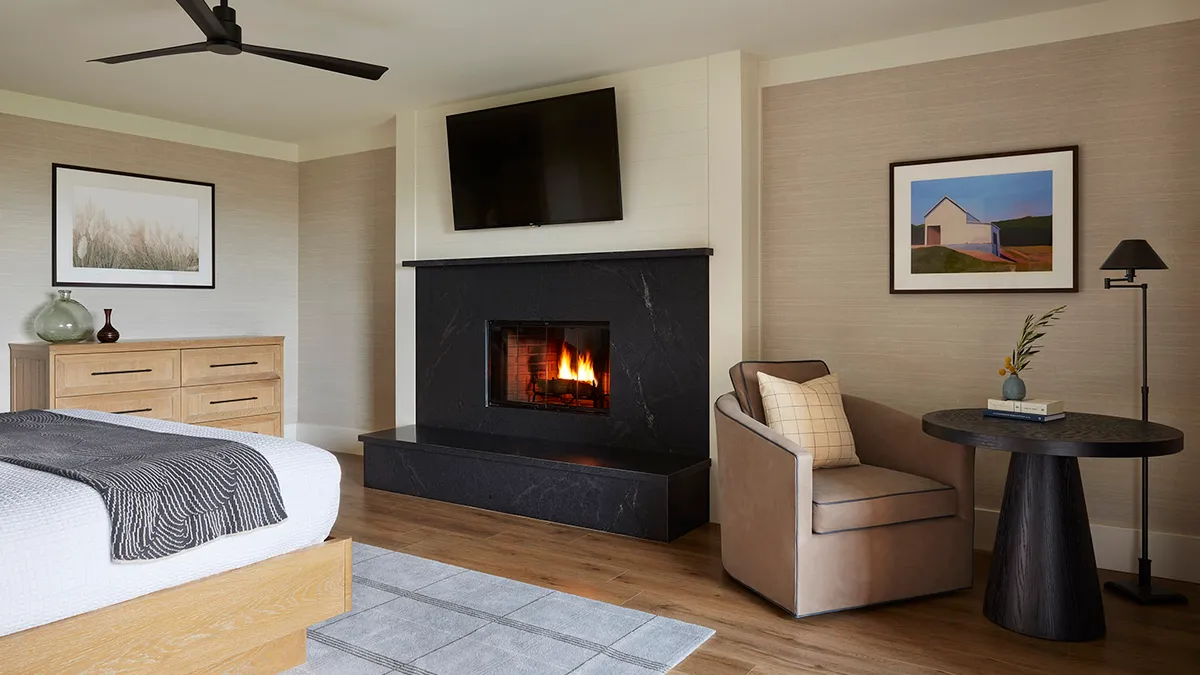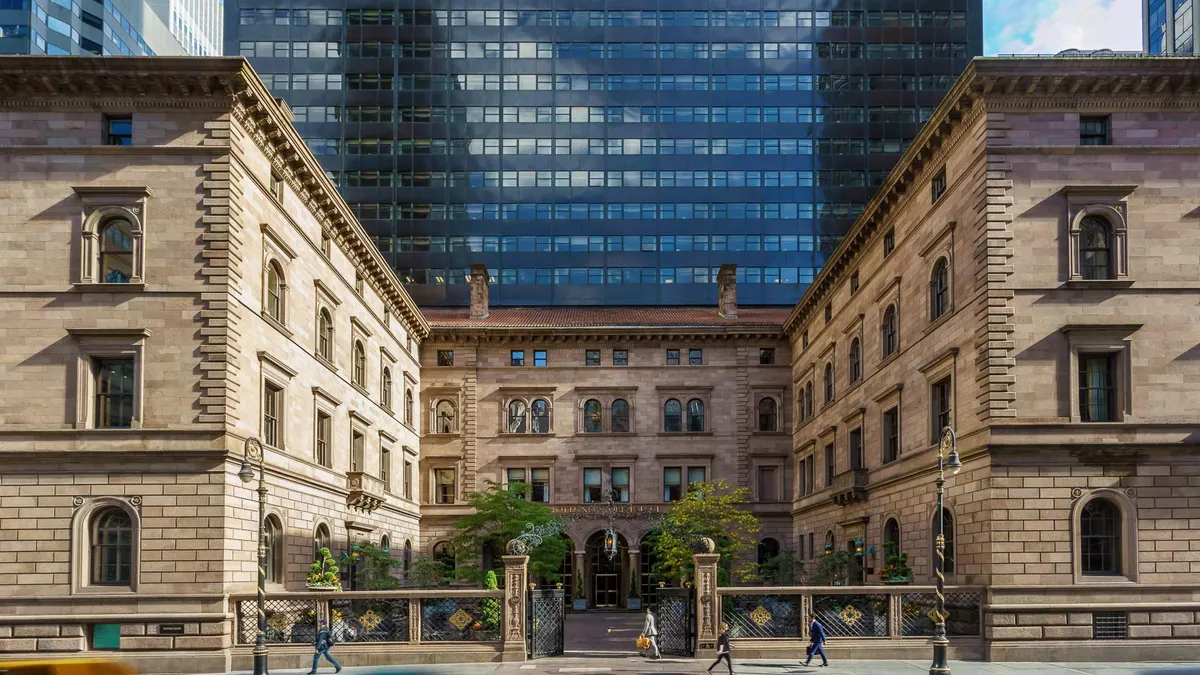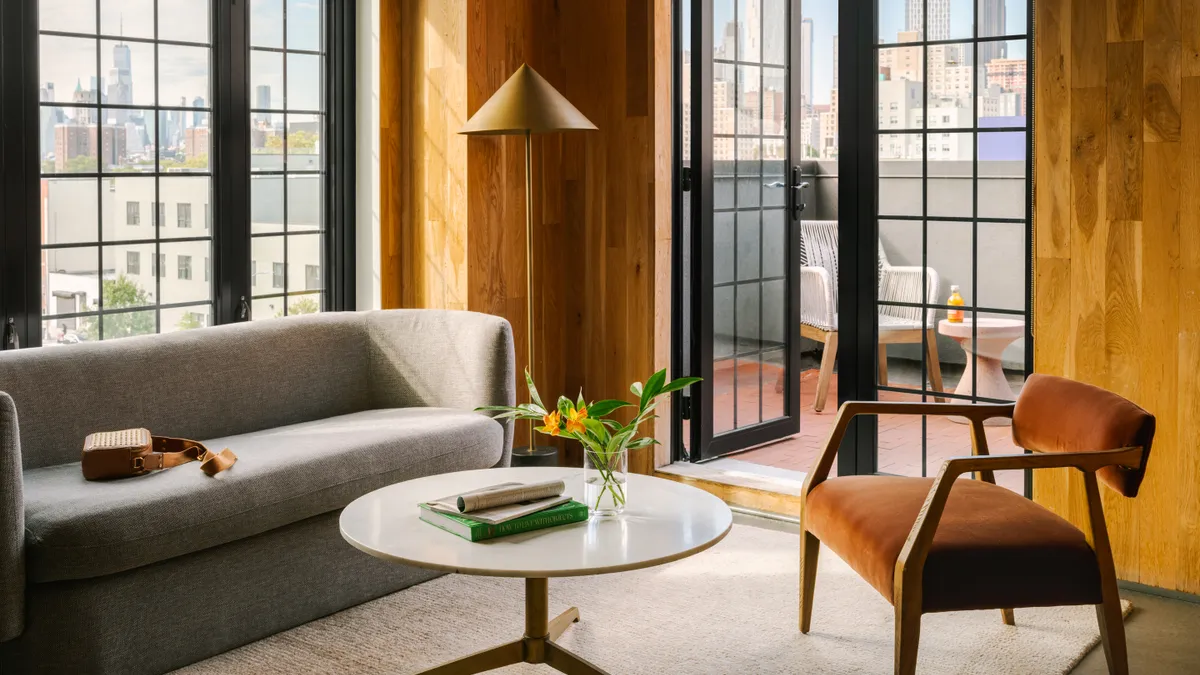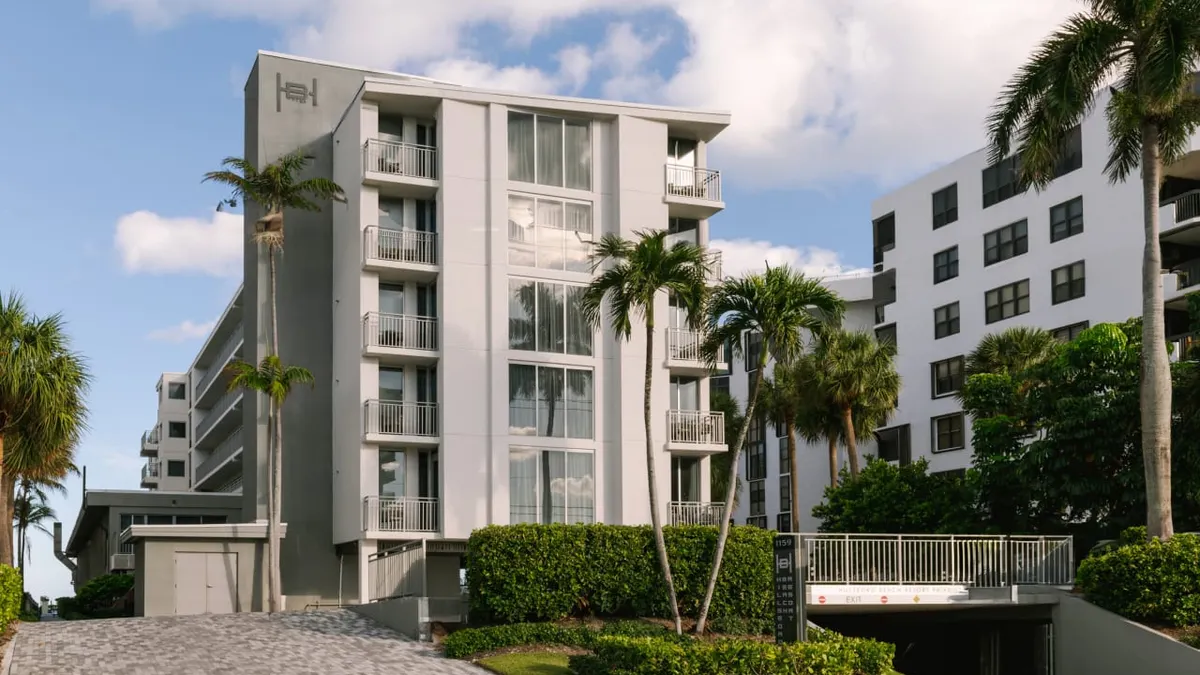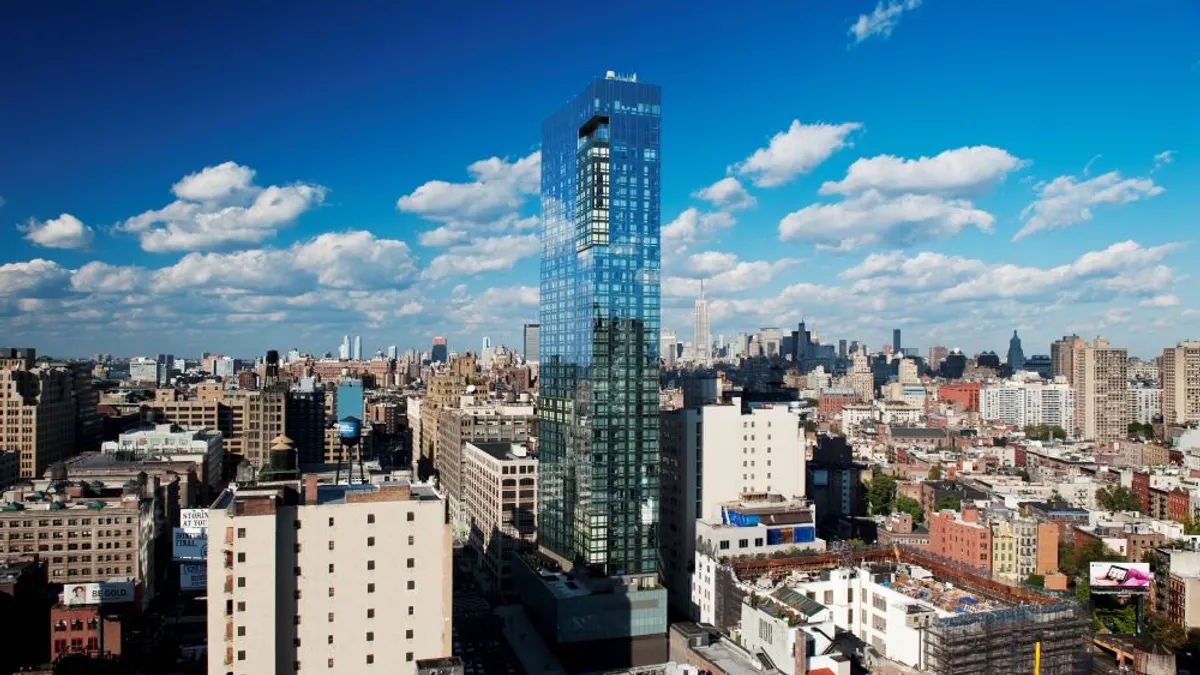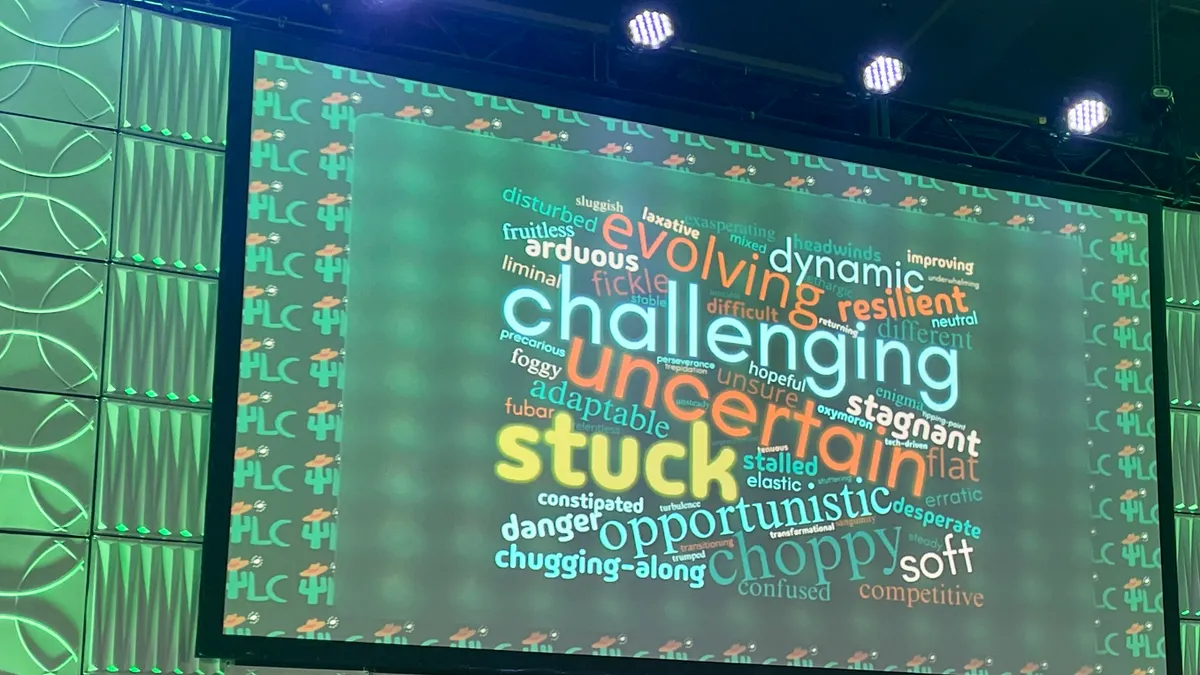Sonja Haviland is co-founder and creative director of interiors at Superette Studio. Opinions are the author’s own.
The hospitality industry has faced significant challenges in recent years, particularly due to the pandemic's impact on operations and staffing. As hotels continue to recover, operational efficiency has become a key focus.
Designers play a crucial role in this recovery by creating environments that are not only visually appealing but also highly functional and efficient. A well-designed approach can enhance guest experiences, improve staff efficiency and support sustainability efforts.
Industry trends and the guest experience
Strategic hospitality design can emphasize the guest experience while simultaneously improving business operations.
One example is the integration of smart room controls, which allow guests to personalize their environment through lighting, temperature and entertainment settings. These controls enhance guest comfort and streamline energy use, contributing to overall efficiency.
Hotels can start by upgrading their lighting systems. Installing energy-efficient LED lighting and smart controls can reduce energy consumption while providing guests with customizable lighting options.
Creating multifunctional spaces is another trend. Hotels increasingly offer rooms and common areas that serve multiple purposes, such as conference rooms that double as social lounges. This flexibility allows for better space utilization, catering to diverse guest needs without requiring extensive renovations. Designing spaces that can easily transition between different functions helps maximize space usage and meet various guest requirements.
Staff efficiency and wellbeing
Designing with staff efficiency in mind can significantly improve hotel operations by streamlining workflows, reducing physical strain and enhancing productivity. For instance, optimizing the layout of housekeeping closets and staff workstations can minimize the time and effort required for daily tasks.
Ergonomic furniture and accessible storage solutions are also vital in reducing staff fatigue and injury. By selecting adjustable desks and chairs for back-of-house areas, hotels can create a more comfortable working environment for their employees. Accessible storage solutions, such as easily reachable shelves and well-organized supply rooms, further increase staff efficiency.
One practical tip for improving housekeeping efficiency is to simplify room layouts. Proper bed heights reduce the need for room attendants to bend over when changing sheets, and some carpet choices offer more ease of care and vacuuming. Meanwhile, simplifying bedding arrangements, such as reducing the number of pillows, can cut down on cleaning time. Transitioning from bed skirts to platform beds also saves cleaning time — in addition to enhancing a room’s aesthetics.
Sustainability and long-term cost savings
Sustainable design practices contribute both to operational efficiency and long-term cost savings. By incorporating sustainable materials and energy-efficient systems, hotels can reduce their environmental footprint with financial benefits. For example, using low-flow faucets and showerheads conserves water, lowering utility bills.
Sustainability’s benefits not only include cost savings, but also an enhanced brand image. Consumers are increasingly eco-conscious, and sustainable practices can attract guests who prioritize environmentally-friendly businesses. Implementing energy-efficient HVAC systems and using recycled or locally sourced materials can further boost a hotel's sustainability credentials.
Practical design solutions
Balancing aesthetics with functionality is crucial for hotel design. While light fabrics and delicate decorations can be visually appealing, they may not always be practical for high-traffic areas. Instead, choosing durable materials and incorporating easy-to-clean surfaces can maintain a polished appearance while ensuring longevity and ease of maintenance. For instance, solid surface materials like Dekton provide the look of natural stone with added durability and low maintenance.
Maximizing space without compromising comfort or ambiance is also essential. It’s key to create functional storage solutions while avoiding open shelving, which can be challenging to keep organized. Flexible workspaces, such as café tables and comfortable lounge chairs instead of traditional desks, offer guests a versatile area for both working and dining.
Collaborating with stakeholders
It’s important for designers to collaborate effectively with hotel management and staff when designing spaces that align with operational needs. Management's input is invaluable as they understand how both staff and guests use the spaces, and involving them in every design decision ensures the spaces are practical and efficient.
Management can pinpoint specific pain points, allowing designers to develop targeted solutions. For example, if an event space's main kitchen and service door are in the middle of the room, this can disrupt presentations. An easy solution is to create a wall in front of the entrance, directing the service flow through designated corridors and providing a beautiful focal point for the room.
As the hospitality industry continues to evolve, designers will continue to play a pivotal role in shaping efficient and appealing spaces. Hoteliers should evaluate their current designs and consider these strategies to enhance both guest satisfaction and operational efficiency, ensuring long-term success in a competitive market.


